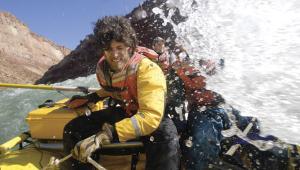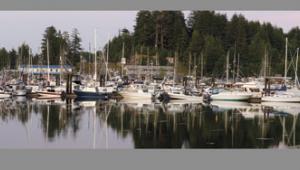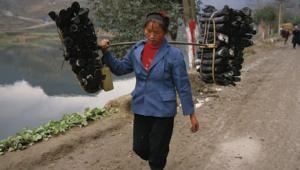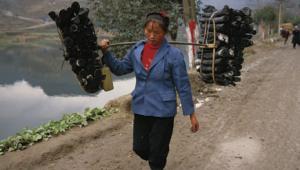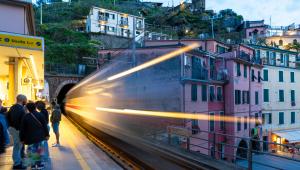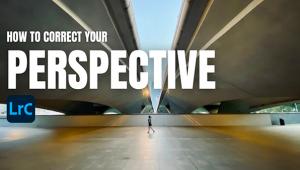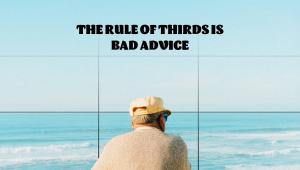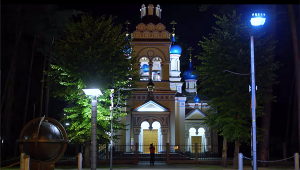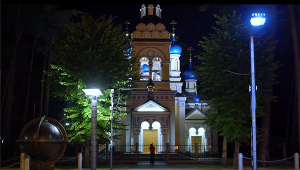Time Will Tell; Harvey Stein’s Long-Term Investments
Harvey Stein is in no hurry. He has published three photography books--in 1978, Parallels: A Look at Twins; in '86, Artists Observed; and in '98, Coney Island--and the publication dates tell you what you need to know about his pace. The photographs here are from his fourth book, Movimento: Glimpses of Italian Street Life. Due out this fall, it is a collection of images taken over a period of 10 years.
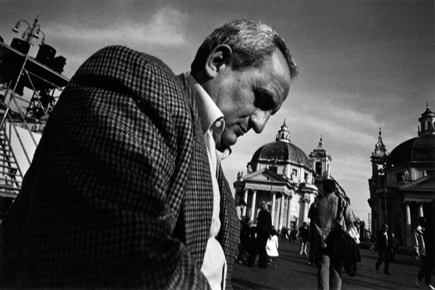 |
|
|
Harvey's long-term projects are truly long-term, but to be accurate,
they're not really projects; they're more like abiding interests.
"My ideas come from the work," he says. "I always say that
I listen to my photographs, and they give me direction and input. And I also
say that that would happen to everyone if they're open to listening."
After a year or two of photographing what interests him, he'll print 10-15
pictures, lay them out and see what he has. If he likes what he sees, and his
interest is still there, he'll continue. "Four or five years in,"
he says, "I start to think about a book. I approach publishers when I
think I'm a year away. In that year I'll generally have specific
things to shoot to fill some holes and shore up some areas and make them better."
Because he's willing to take the time to explore his subjects to the depth
of his interest, he feels no pressure to produce. "I have no deadline,"
he says. "I'm the boss. No one's telling me what to do or
when to do it. No one's looking over my shoulder." Harvey might
be working on a half dozen or more book projects at any given time and is in
no rush to complete any of them. He's put 13 years into a book on Mexico,
and says he's still more than a year from finishing. He has, he says,
made his own niche in photography: "Teaching, lectures, stock, shows,
exhibits, and six or eight book projects in the works."
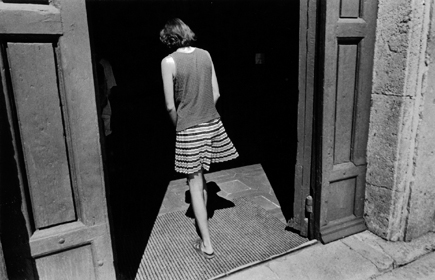 |
Movimento began with his love of Italy and street photography. "The word means movement," Harvey says, "and the movement I'm referring to in the photographs is the movement of lives being lived." In keeping with that idea, he tries to be as involved with his subjects as possible. With few exceptions, the people he photographed were aware he was there, with a camera, ready to photograph them. "I almost always approach people, which can be difficult because about the only thing I know in Italian is, `May I take your photograph?' Otherwise, I nod and gesture. People in Italy are really nice, and I'd say 99 percent of them will say yes. They're very pleasant, and often they take my request as a compliment. I walk up to people, and I speak with them in a very nice way. I'm not confrontational. I go in with a compliment, I leave with a compliment. `You really look great in that hat'; `the light was really great on you.'"
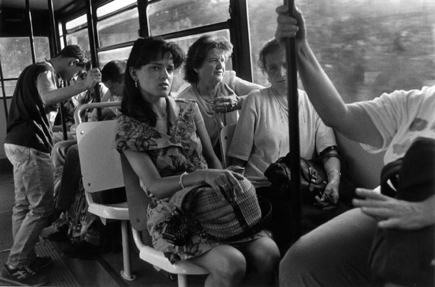 |
His body language and demeanor help a lot. "I'm a noticeable person,"
he says. "I'm 6 feet tall, carrying a camera, but I'm soft
spoken, not threatening, and I don't direct people. There's always
a comfort level for them. But, still, it's always a challenge, and that's
what I like about street photography. You never know what's going to happen."
- Log in or register to post comments


